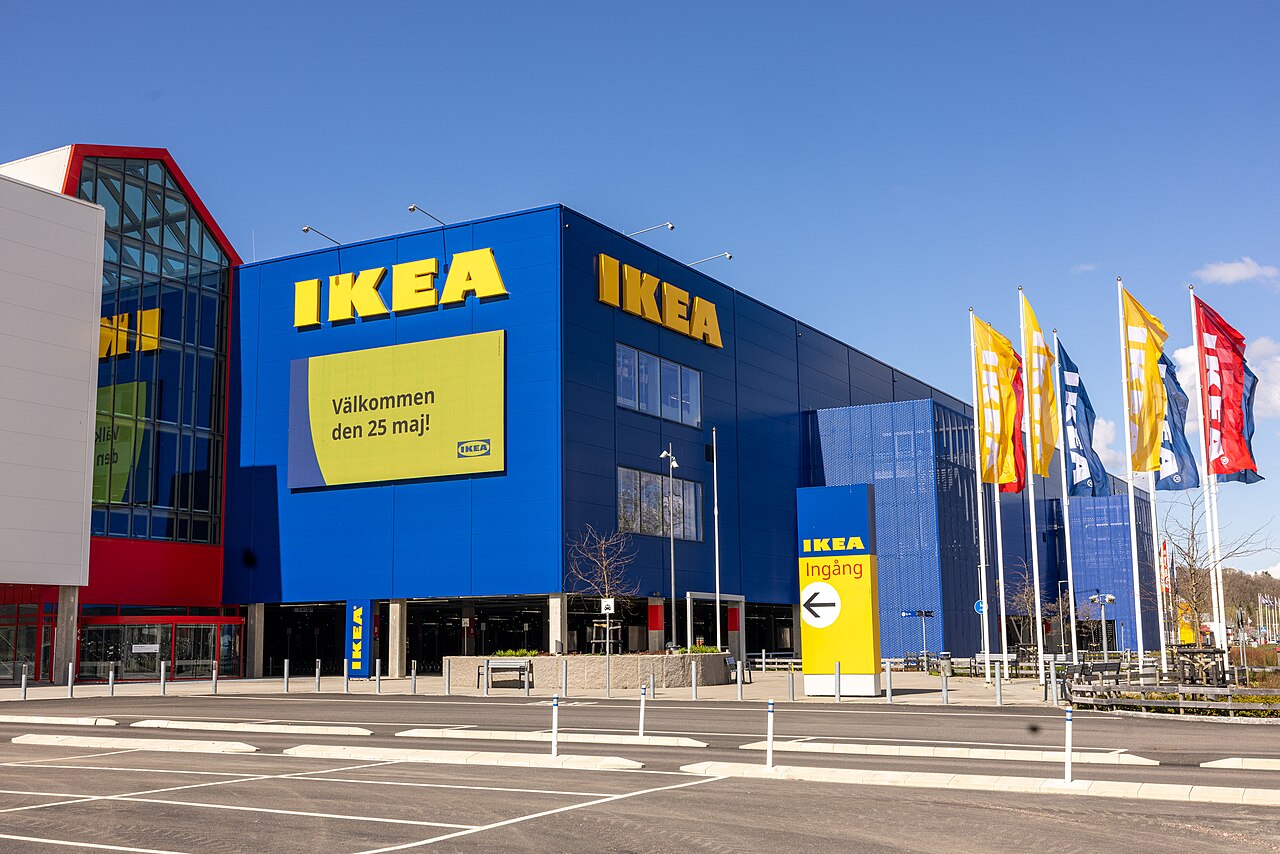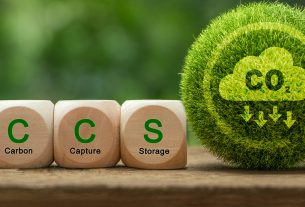IKEA is intensifying its commitment to sustainability, achieving a major milestone by bringing 93 additional factories under its renewable electricity program, now totaling 491 factories globally. This move is part of IKEA’s broader goal to make 100% of its energy usage in production renewable.
Key Achievements in FY24:
- Renewable Energy Increase: The share of renewable electricity used in IKEA’s production rose from 71% to 75% in FY24, covering 91% of the company’s CO2 emissions from electricity. The company expanded its renewable electricity program to 14 new markets, bringing the total number of covered markets to 27.
- Emission Reductions: IKEA’s climate footprint dropped by 5% in FY24 compared to the previous year, totaling 21.3 million tonnes of CO2 equivalent. This marks a significant 28% reduction since FY16, driven by increased renewable energy usage, electrification of transport, and greater material efficiency.
Global Impact of Renewable Electricity:
- Vietnam: Renewable electricity use among suppliers increased by 40 percentage points, reaching 84% from FY23 to FY24.
- China & India: These initial program markets saw significant reductions in emissions—87% in China and 49% in India since FY20. Currently, 92% of electricity used in production in China is renewable, while India is at 69%.
Sriram Rajagopal, Head of Climate and Air Quality at Inter IKEA Group, emphasized the importance of this shift, stating, “Electricity generation from fossil fuels is one of the largest sources of greenhouse gas emissions globally.” IKEA is pushing forward toward its ambitious goal of 100% renewable energy across its value chain.
Broader Sustainability Efforts:
IKEA’s sustainability progress in FY24 also includes:
- Renewable Energy Expansion: Renewable energy in IKEA’s operations rose to 71%, with 81% of electricity used being renewable.
- Material Innovation: IKEA reduced foam usage in mattresses by 20% and introduced paper-based bags for furniture fittings, cutting plastic consumption by 1,400 tonnes annually.
- Sustainable Products: The TRIXIG product range was expanded to enhance repairability and prolong product lifespans, and IKEA’s wood sourcing remained 97% FSC-certified or recycled.
Looking to the Future:
IKEA has set a clear path toward reaching net-zero emissions by FY30. The company’s strategy includes phasing out fossil fuels, responsible sourcing, circular design for longevity, and increased support for plant-based food options. The company has endorsed the Business for Nature statement ahead of COP16, calling for stronger policy action on biodiversity.
Jon Abrahamsson Ring, CEO of Inter IKEA Group, highlighted the company’s continued focus on sustainability: “Our business direction is clear. We want to make IKEA more affordable, accessible, and sustainable.” This includes achieving sustainability goals while maintaining affordability for customers worldwide.
References:
- IKEA Sustainability and Climate Reports FY24
- Inter IKEA Group Climate and Energy Strategy
IKEA in Sweden Picture by via.tt.se on Wikipedia CC-BY-SA-4.0


